You’re probably familiar with the concept of a car’s transmission and the role that it performs which is ultimately to move power from the engine, via the gearbox, to the wheels, which creates drive, right?
And at the same time you’re no doubt well aware that in the past when talking about how mountain bike’s work we’ve always referred to the components that are responsible for transferring power through to the rear wheel as a ‘drivetrain’ which essentially covers the bike’s rear derailleur, cassette, freehub and rear wheel.
Up until now, each of those components have been positioned independently of each other and as unavoidable result a traditional drivetrain system operates with a significant amount of variance, and inconsistency, as a result of having to deal with mix-matched components parts from different specs with different tolerance stacks, dealing with varying power loads and spacing gaps between where each component is bolted to the bike – and so with all of that said it is becomes easy to understand why the performance of a drivetrain often varies so much. But then one day recently SRAM asked itself a question; what if the performance of a bike’s drivetrain didn’t have to rely on all those individual parts working against each other, and instead they were all fully optimized as a system into a radically robust first-of-its-kind unit?
 Well, they’ve gone ahead and done it, and fittingly they’ve decided to call it a transmission.
Well, they’ve gone ahead and done it, and fittingly they’ve decided to call it a transmission.
Say hello to the all-new SRAM Eagle AXS Transmission! Marketing hype aside, the core reason for the name change and also the most significant difference between this transmission and a regular ‘ol drivetrain is that with this new system the components are directly integrated into each other. The freehub body, cassette, and rear derailleur have now ultimately become ‘one unit’ as they’re literally positioned on the bike touching each with perfect fitment and zero room for misalignment or other spacing discrepancies. Another thing we love about this design approach is that it has allowed SRAM to eliminate the need for micro adjustments in the system such as B-tension or high/low limit screws – all of those are gone, a thing of the past.
Now, what difference does that actually make when you’re pedaling the bike and changing gears? Everything! Quite literally everything about how smooth and precise the chain, derailleur, cassette and front chainring mesh together is mind blowing. You know how we’ve always been taught to never shift gears whilst pedalling under load? Well forget that, SRAM are even encouraging you to shift under load with their new Transmission. And trust us, we’ve literally tried doing it ourselves out on a bunch of different trails pedalling up hills, hammering down on the cranks and pulling gears – seamlessly! And, to push the envelope even further, SRAM have even designed and approved 2 of the 3 Transmission groupsets to be e-Bike rated. And we all know how brutal those pedal assist motor can be to a regular bike’s drivetrain. SRAM’s all-new Eagle Transmission represents the most significant change we’ve seen to a bike’s (drivetrain) certainly since the introduction of 1x front chainrings and probably even going back much further.
Getting to test the new Transmission over an extended period gave us ample opportunity to really dig in and discover so much about how it performs and ultimately also what it’s like to ‘live with’ over the long terms. One of the things that really impresses us about the new group is the ease of setup of the new SRAM transmission is truly next level. The original AXS groupsets are already an absolute breeze to install and setup, but thanks to the reduction of interfaces and the derailleur mounting directly to the hub/cassette these two components know where they are in space on every bike, so there is no longer any B-tension or high and low limit screws. It’s as simple as hanging your parts, cutting chain length which is a very simple process to determine and tighten your parts in a sequence.”
Yes, there is a lot to take on board in order to get your head around the new Transmission and so let’s start by taking a deep dive into explaining each of the components that make up the system and keeping in mind that here at [R]evo Mag we’ve actually had the opportunity to spend a few months quietly trail testing the new gear ahead of its official launch we’ll also be able to share with you our firsthand experiences of how each piece of the puzzle performs. Are you ready? Lets go!
 Eagle Transmissions offered in 3 product families
Eagle Transmissions offered in 3 product families
In order to cater for as many riders as possible SRAM are simultaneously releasing three distinct versions of the Transmission; XO, XX, and XX SL. The X0 groupset marks the entry, followed by the XX and XX SL groupsets. The XX SL range is designed to be as lightweight and minimal as possible and for that reason its perfectly suited to cross-country use while the X0 and XX groupsets are intended for rougher trail and enduro riding and as we mentioned earlier even e-MTBs. All 3 specs do share a lot of the same tech, features and operating functions. For instance they’re all fully AXS electronically operated and so completely wireless, they’re all 1x and they all feature a 12 speed 10-52t cassette. As is often the case the key differences between the 3 spec levels are the materials that the components are made from and the amount of finishing work applied to weight-saving, performance gaining efforts.
Price wise down here in Oz the most affordable complete group is the ‘XO’ level which will set you back $2,233.00 whilst the most lux group in the line-up, the ‘XX SL’ which even comes with a build in power metre, is set to retail $4,639.00
It is ‘UDH’ exclusive, but it’s actually not there!
Before we begin this next part of the story, lets first remind ourselves that SRAM do not make bikes or frames. Rather, they make components which get bolted to countless different bike frames of all different shapes and sizes and when we’re focusing on the drivetrain of a bike the largest component, the rear derailleur, has traditionally always been connected to the bike via a derailleur hanger. And as any experienced mountain biker will tell you, derailleur hangers are usually a piece of shit, but we’ve all just had to put up with using them. That said, a few years ago SRAM quietly developed their own unique derailleur hanger design called the UDH (Universal Derailleur Hanger) which was much stronger than a standard hanger design and it also tightened up the placement of the rear mech in relation to the cassette. Sure enough, loads of brands quickly adopted the UDH design into their bikes. Here’s the genius part to all that though, SRAM’s uber clever engineers had already worked out that if a frame was designed to incorporate the UDH that would then ultimately mean that the UDH could then be removed all together and be replaced with a direct-mount rear derailleur which is connected directly into the frame, secured in place by ‘sandwiching’ around both sides of the rear dropout using the same ‘hole’ where the hanger would otherwise fit. Or in other words, this would allow SRAM to develop the most revolutionary derailleur ever imagined.
 The derailleur looks like a storm trooper!
The derailleur looks like a storm trooper!
We absolutely love the appearance of the new rear mech with its bold futuristic angular lines, combined with those crisp brushed metal accents. It looks tough as nails that’s for sure. But aside from that, at a glance the new derailleur does seem to be larger in size and visually it now looks more dominant on the rear of the bike, a lot of that is in fact an illusion. Comparing the old and new mech side by side, the ‘body’ of the new mech is positioned nearly 7mm further inboard towards the rear wheel and likewise 7mm further out of ‘harms way’ meaning objects out on the trail. Overall the new derailleur design is significantly more robust than anything we’ve seen before and as we discovered during out extended test period riding the Transmission, the rear mech now managed to shrug off impacts without skipping a beat. Perhaps the thing we love the most about the new derailleur’s design though is that it is now modular, incorporating armouring, or ‘Skid Plates’ as SRAM refer to them as, which are effectively little composite pieces that are bolted to the most vulnerable edges of the derailleur which essentially then absorb scuffs and scratches, and they can then easily and affordably be replaced all the while keeping the actual rear looking and working great.
There are few worse feelings than seeing that first gouge in your high-end bike parts! Another cool feature of the new derailleurs is the sacrificial nylon skid plates that are easily replaceable. These small, affordable parts can be swapped out in a matter of minutes giving your derailleur a new lease on life, this combined with the use of brushed aluminium in some parts of some models instead of anodizing makes it so much easier to keep things looking fresh. Not only this, the new derailleur is completely modular and you will be able to purchase individual parts instead of having to replace the whole unit.”
All thee Transmission rear derailleurs come spec’d with an ‘overload clutch’ which allows the body of the derailleur to fold inwards in the event of a crash or when slamming into obstacles on the trail. Another fantastic piece of design that has gone into the new rear mech which keeps the chain line flowing without interruption even in the sketchiest of moments is its super unique lower jockey wheel which SRAM are calling the Magic Wheel (cool name, eh!). The way it works is the outer ring of the pulley that contains the teeth can spin independently of the centre spoked section so that it won’t jam if something gets lodged between the cage and the spokes on the pulley. That interface has more friction than the main bearing and won’t spin in normal operation, but it’s there as a failsafe if needed.
 The cassette
The cassette
As we touched on earlier in the article, the new cassette are exclusively 12-speed, running between 10-52 cogs. The new T-Type cassettes use subtle narrow-wide tooth profiles on most cogs along with well-defined ramps and shaping. There’s only one cog with an odd tooth count number, and that’s the “setup” gear indicated by that red plastic insert, which is only there to show you which cog to use during the system’s installation. All the other cogs have even tooth counts and a narrow-wide X-Sync profile. The “wide” teeth aren’t as wide as on the chainrings, and depending on where they sit on the cog, they could have different or no wide shaping. This is to improve chain retention and shifting under load. The other big factor in shifting improvement is the shift ramp shaping. They’ve been designed to support the chain and maintain constant contact and engagement even during shifts.
Shifting under full load was such a foreign and to be honest scary experience initially, going against everything I had learnt about mountain biking on this front, the ability to do this though is possibly one of the biggest advantages I’ve experienced on the trail from a new product in my lifetime of riding. The first few rides it seemed like a bit of a party trick, it wasn’t until it started to become a part of my riding as a habit that it truly became something that I knew it would be hard to live without on a ride from then on. This is an enormous advantage on a naturally aspirated bike and even more so on E-MTB’s.”
 Is this the coolest looking chain in all of MTB?
Is this the coolest looking chain in all of MTB?
Heck yes, or at least we think the chain looks insanely sweet. Dubbed ‘Flattop’ SRAM are claiming that the new design has allowed them to create the strongest chain they’ve ever brought to the MTB market. The chain is offered in 3 spec levels, as expected. The XO version has standard pins and plates, XX gets hollow pins, and XX SL gets hollow pins and cut-outs on the outer plates. XX and XX SL also feature a lovely hard chrome finish for even greater long term durability.
This new flat-top chain isn’t just for looks, with more material added where it’s needed and material removed where it’s not makes for one damn strong chain, this combined with the redesigned cassette with all bar 1 ring sporting narrow-wide teeth just adds more to that new super crisp shifting experience and un-matched chain retention.”
 Shifting between gear
Shifting between gear
Aside from the outrageous appearance of the new rear mech, easily the next most striking part of the new Transmission are the gear shifters which SRAM are now calling ‘Pods’. They literally look nothing like any gear shifter we’ve ever seen, or touched, before. But, holy moly, they work and feel incredibly intuitive as soon as you get on the bike. Each pod features two vertical, in-line buttons. The unique design of the Pods also means that they’re ambidextrous, and simply get flipped in their mounts to toggle between left- and right-handed operation. And, as with the older-style controller, the button mapping is programmable in the AXS app (oh and there’s a new App which has just been launched to go with the new Transmission system) allowing for nearly unlimited customisation options in terms of setting up the 4 buttons between both left and right Pods to control/activate the bike’s shifting configuration, AXS dropper post and even adjusting the bike’s suspension if paired with a Flight Attendant system.
The original SRAM AXS groupsets already have such a crisp and direct shift compared to any mechanical groupset, the new Transmission system takes this to a whole new level. Thanks to the derailleur clevis mounting hard up against the end cap of your hub, all of the tolerances have been either reduced or eliminated altogether and the whole system stiffened up because of this. Instantaneous is the only way to describe the shift.”
 Cranks
Cranks
SRAM have also unsurprisingly rolled out a new line of cranks as key part of the new Transmission system. We’re glad to see that the new cranks are using their familiar DUB spindle and bottom brackets. The highest level/most expensive crankset in the new line up is the XX SL spec which SRAM claim are the lightest MTB cranks they’ve ever made and they feature a hollow carbon fiber construction for the arms. The XX SL’s are going to be offered in 165, 170, and 175 mm lengths with 32, 34, 36, or 38 tooth chainrings. The next tier down are the XX cranks which are visually pretty much identical to the XX SL version but the XX’s feature a beefed-up carbon fiber construction with a foam core for greater strength and stiffness. These bad boys are going to be offered in the same 165, 170, and 175 mm lengths as the XX SL crank, but only in the wider 174 mm Q-factor and with 32, 34, or 36 tooth chainrings. The XX crank also adds a pair of removable chainring-mounted bash guards that offer partial coverage for the lower portion of the chainring when the cranks are horizontal; they bolt to the direct-mount chainrings from the inside, and you can run both, one, or neither depending on your preferences. And rounding out the new Transmission crank family is the XO model which is in fact our favourite of the bunch. These crazy looking cranks have aluminium arms and feature a massive hole in the middle of each arm! They’re also offered in the same choice of 165, 170, and 175 mm lengths as its carbon fiber siblings, with a 30, 32, or 34 tooth chainring. Optional bash guards are included, as with the XX crank.


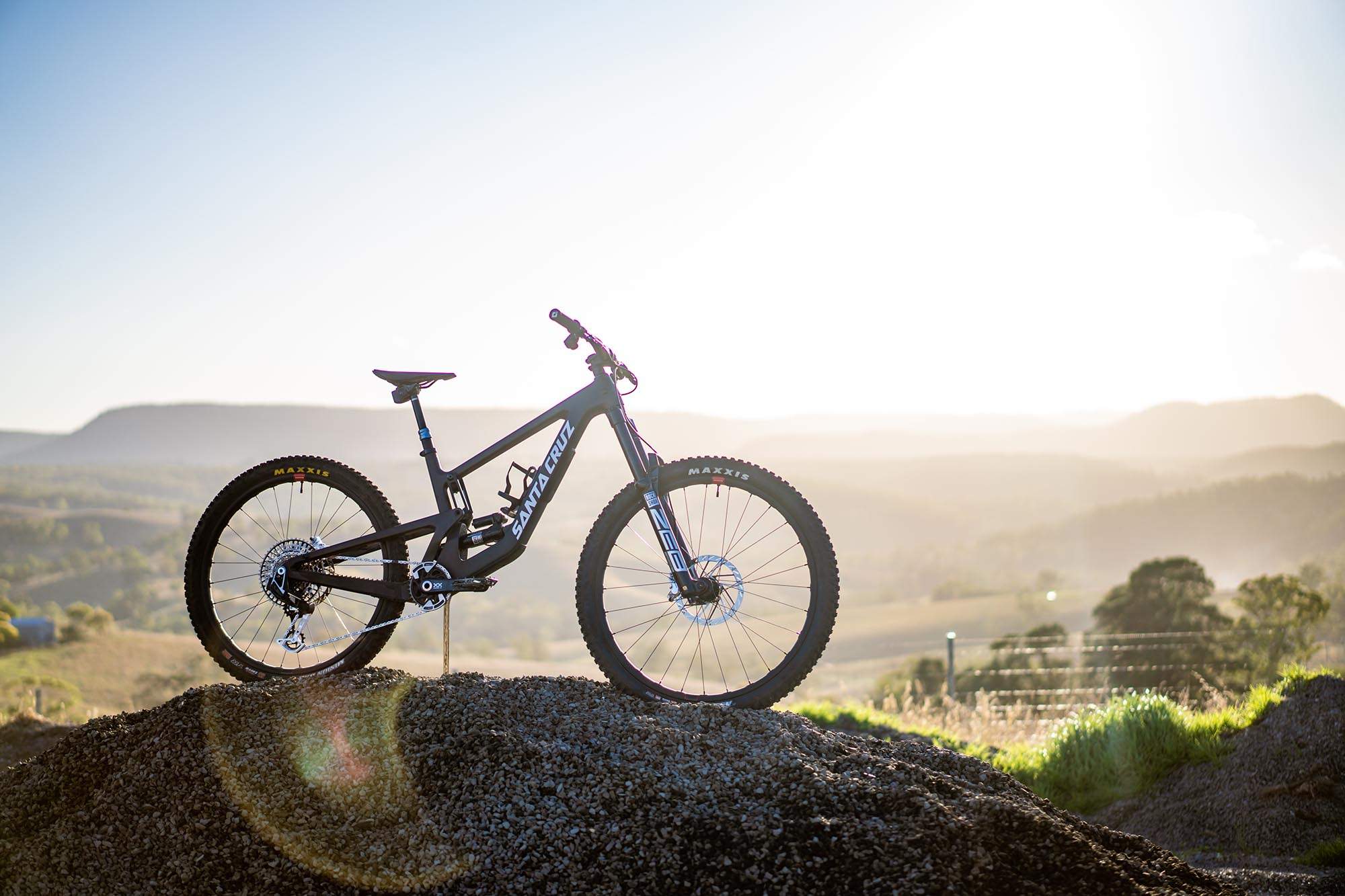 Well, they’ve gone ahead and done it, and fittingly they’ve decided to call it a transmission.
Well, they’ve gone ahead and done it, and fittingly they’ve decided to call it a transmission.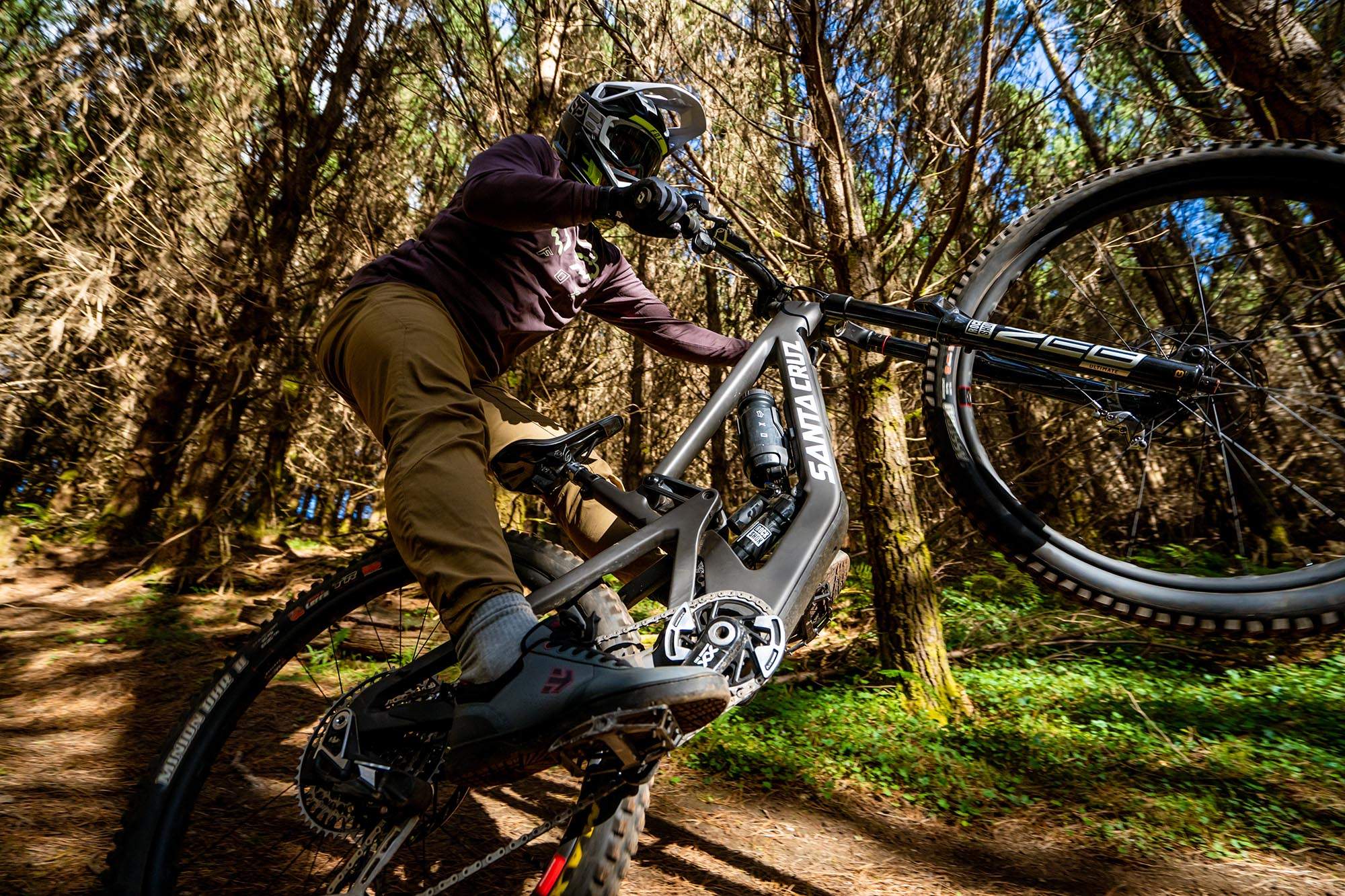 Eagle Transmissions offered in 3 product families
Eagle Transmissions offered in 3 product families


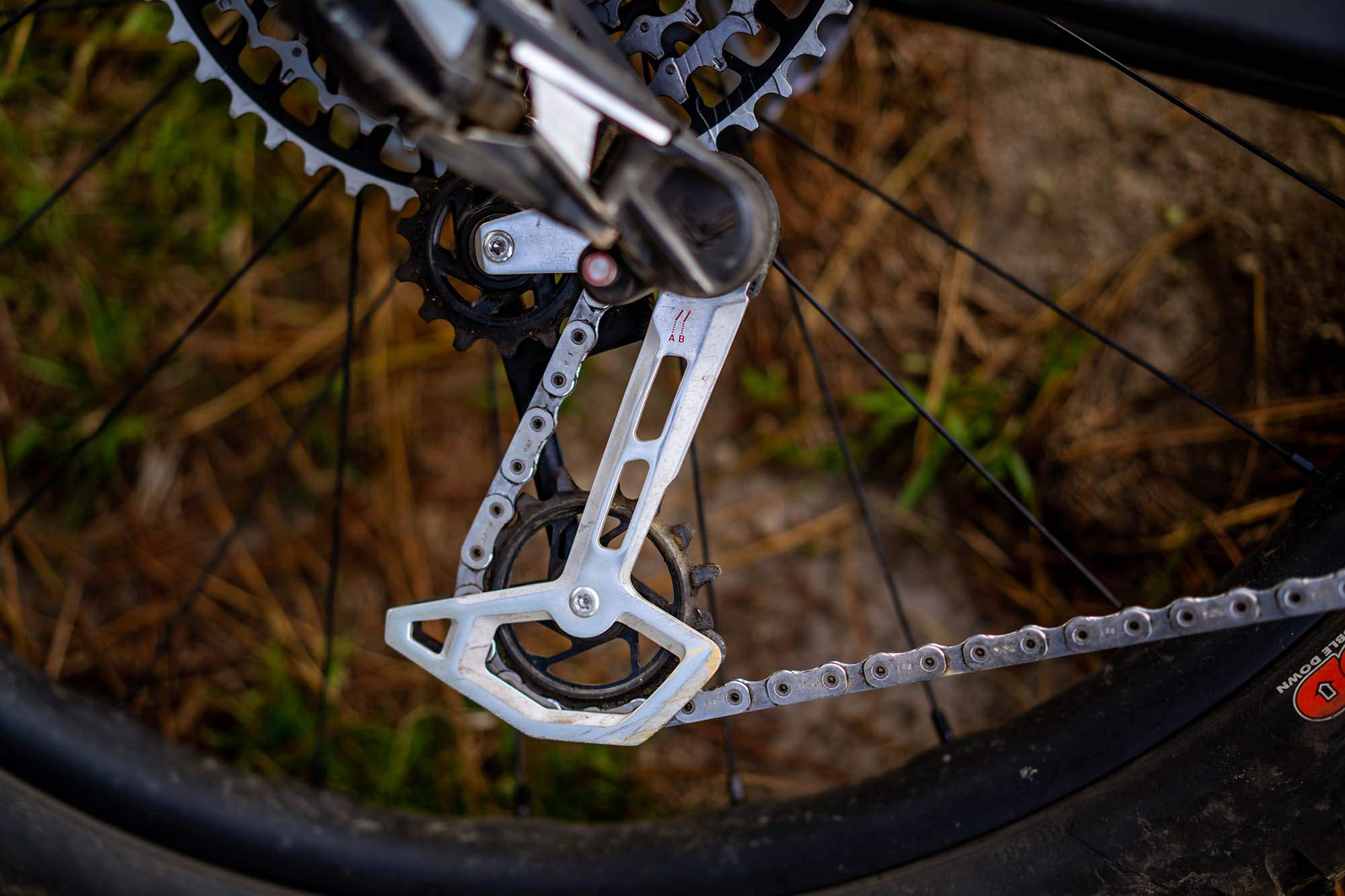 The
The 
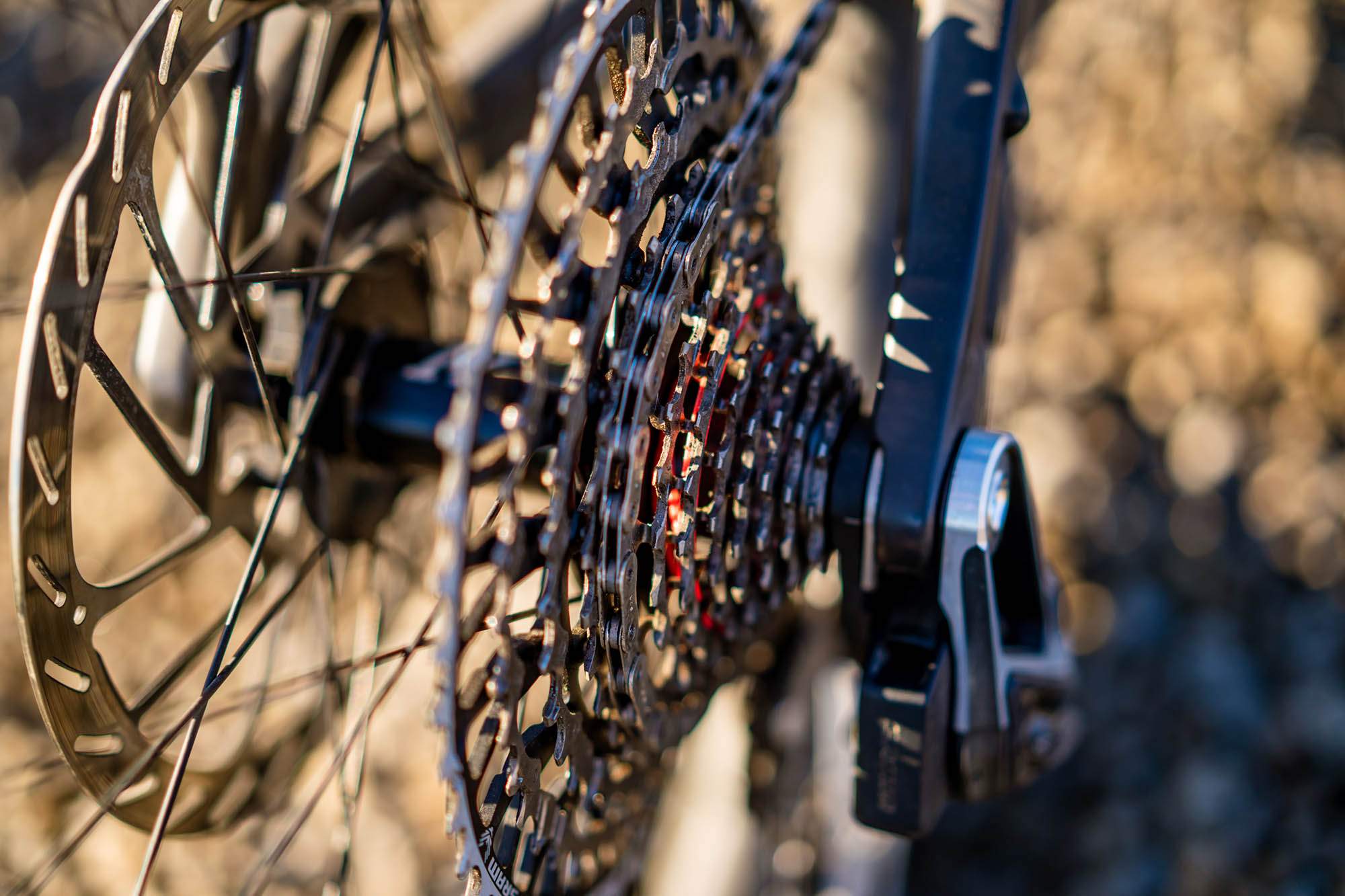 The cassette
The cassette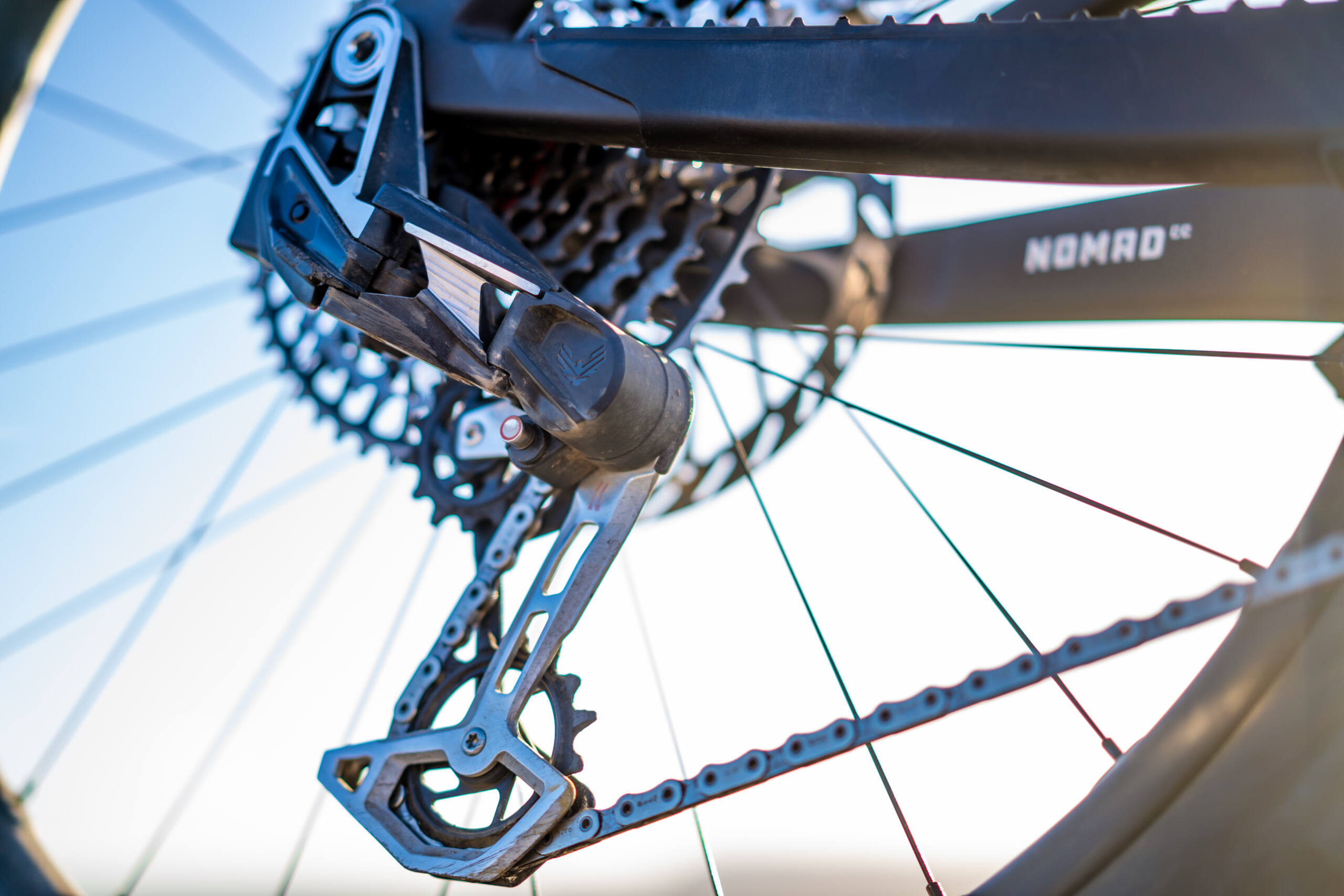 Is this the coolest looking chain in all of MTB?
Is this the coolest looking chain in all of MTB? 
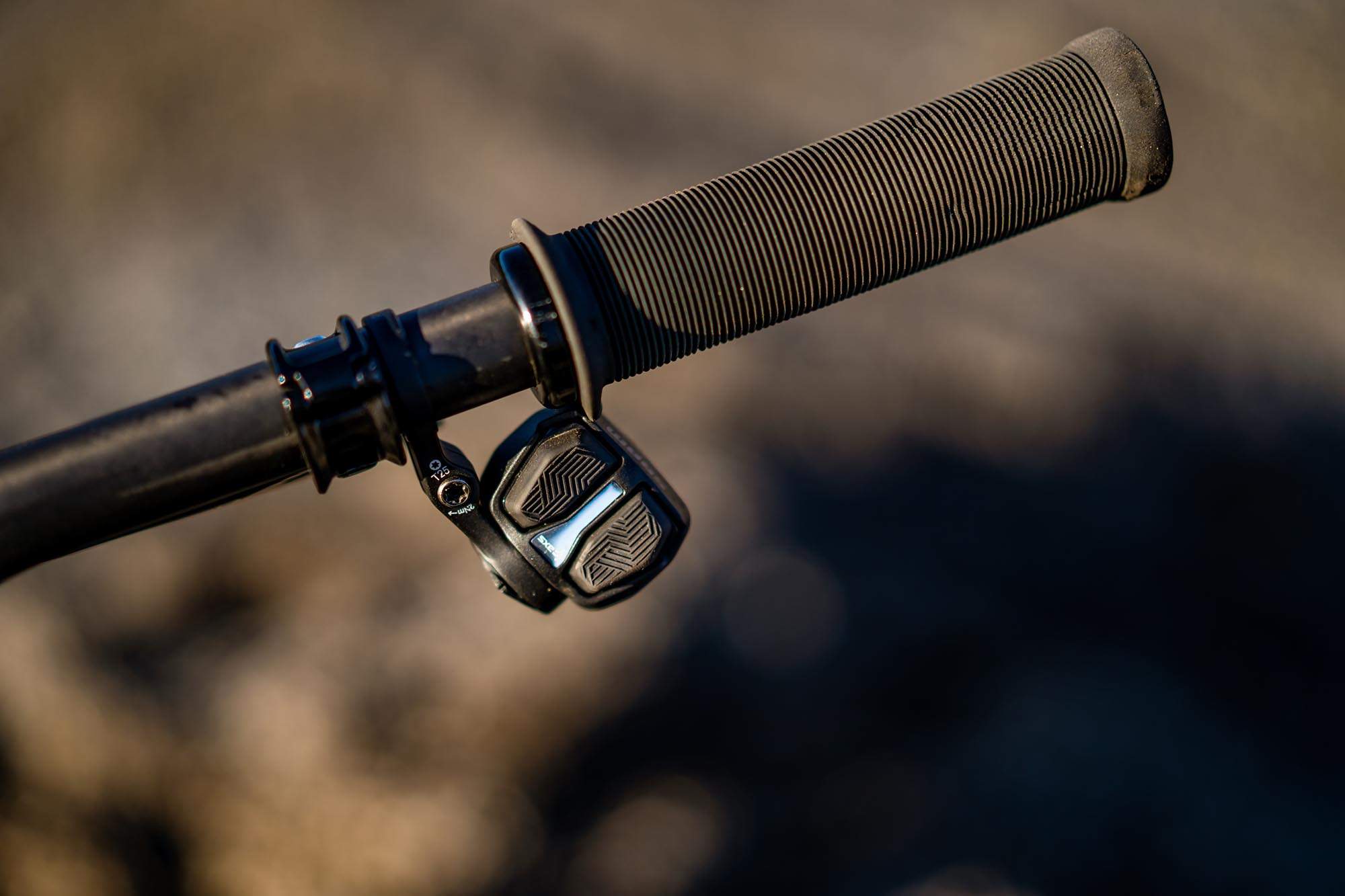 Shifting between gear
Shifting between gear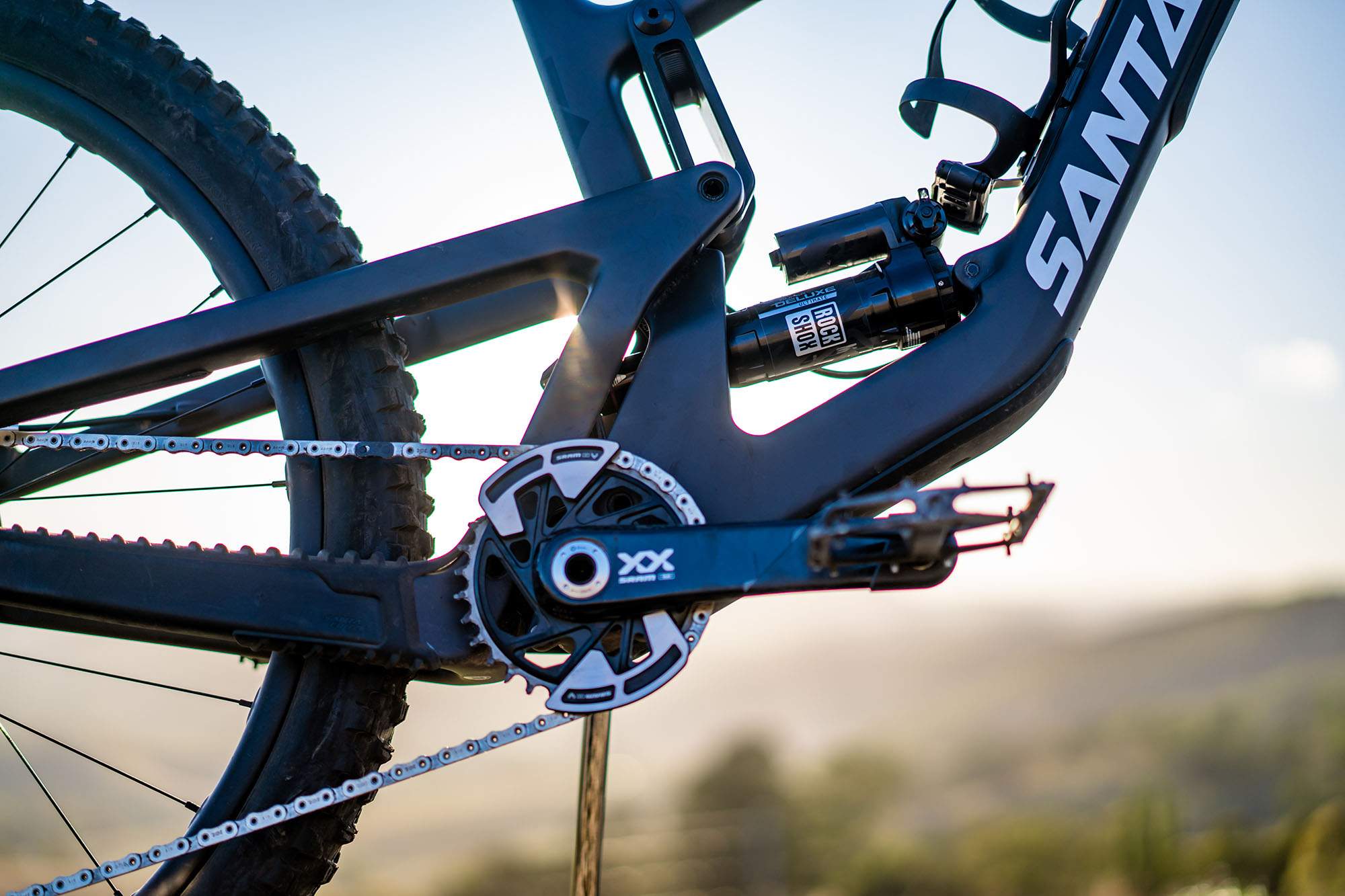 Cranks
Cranks